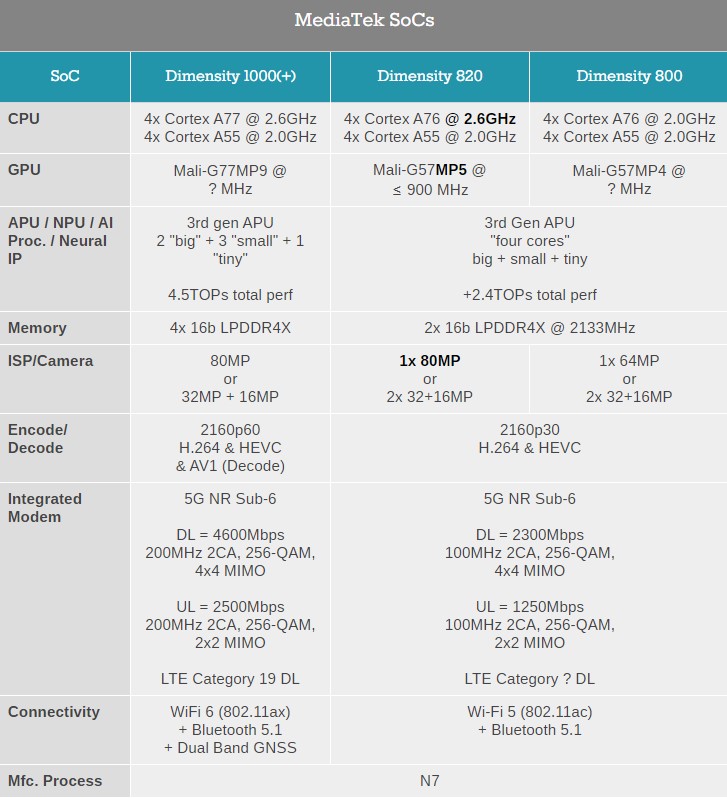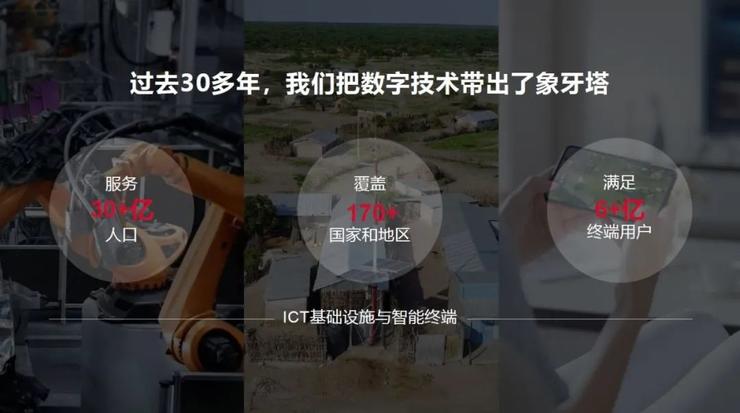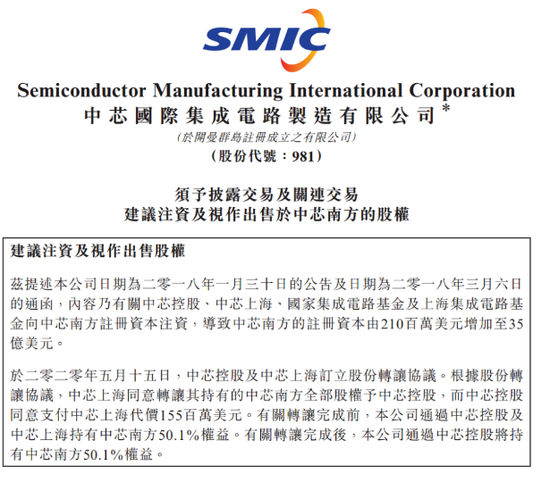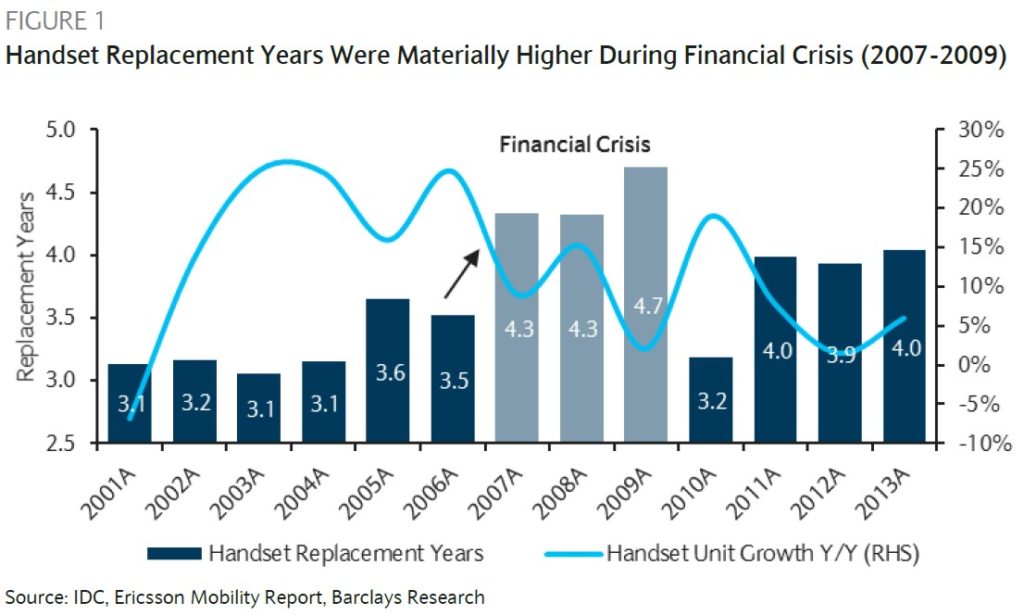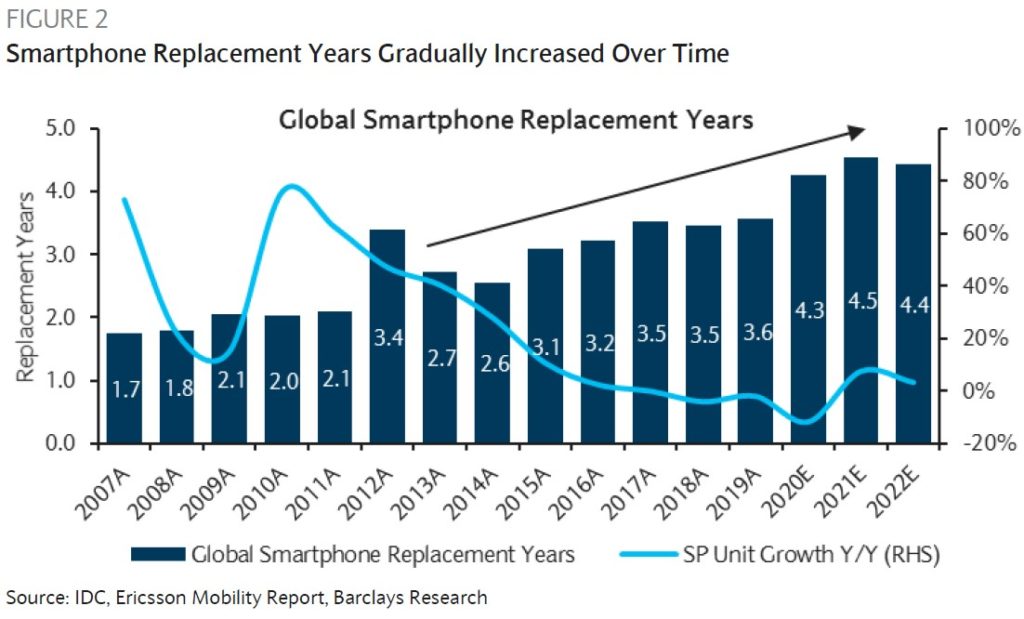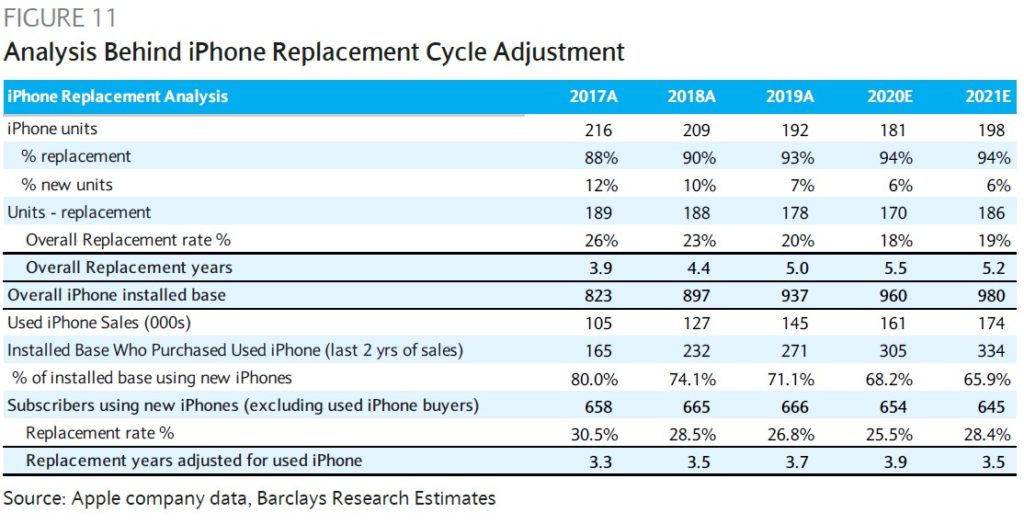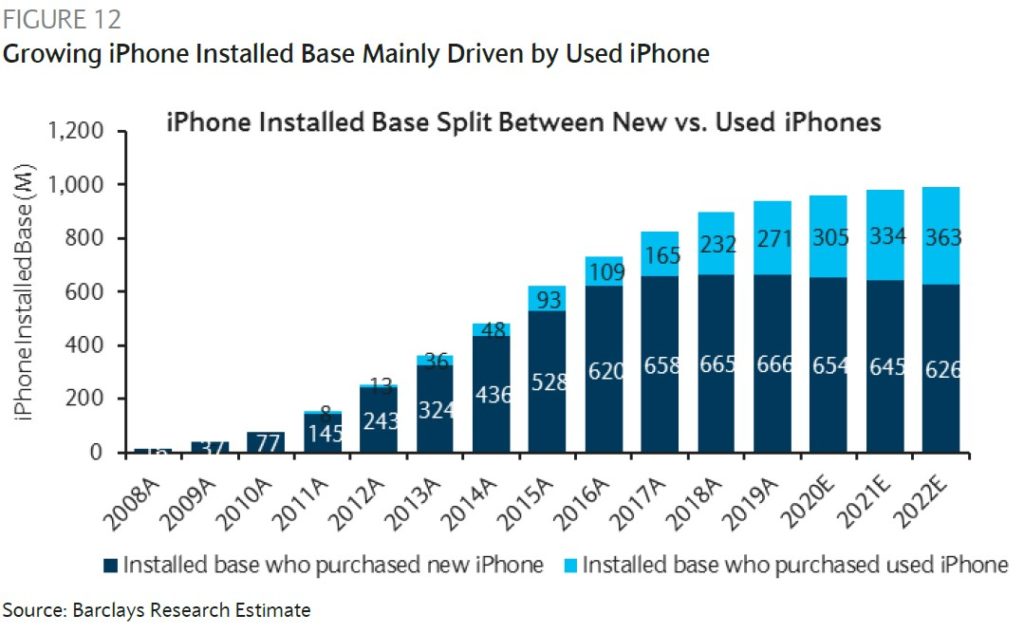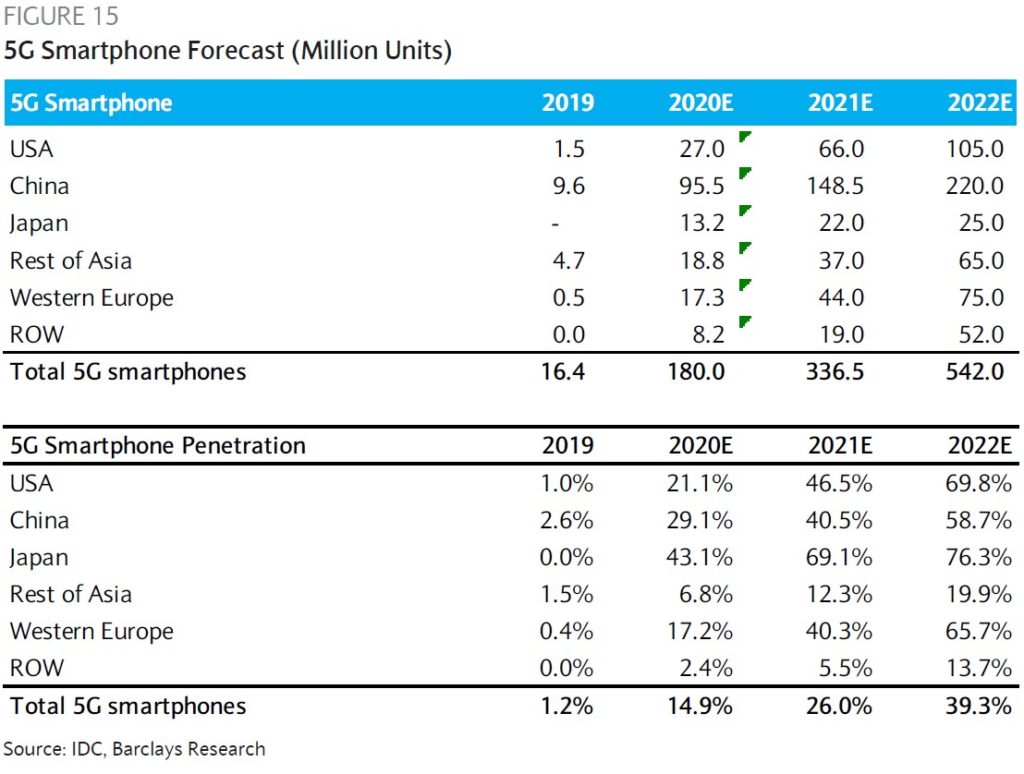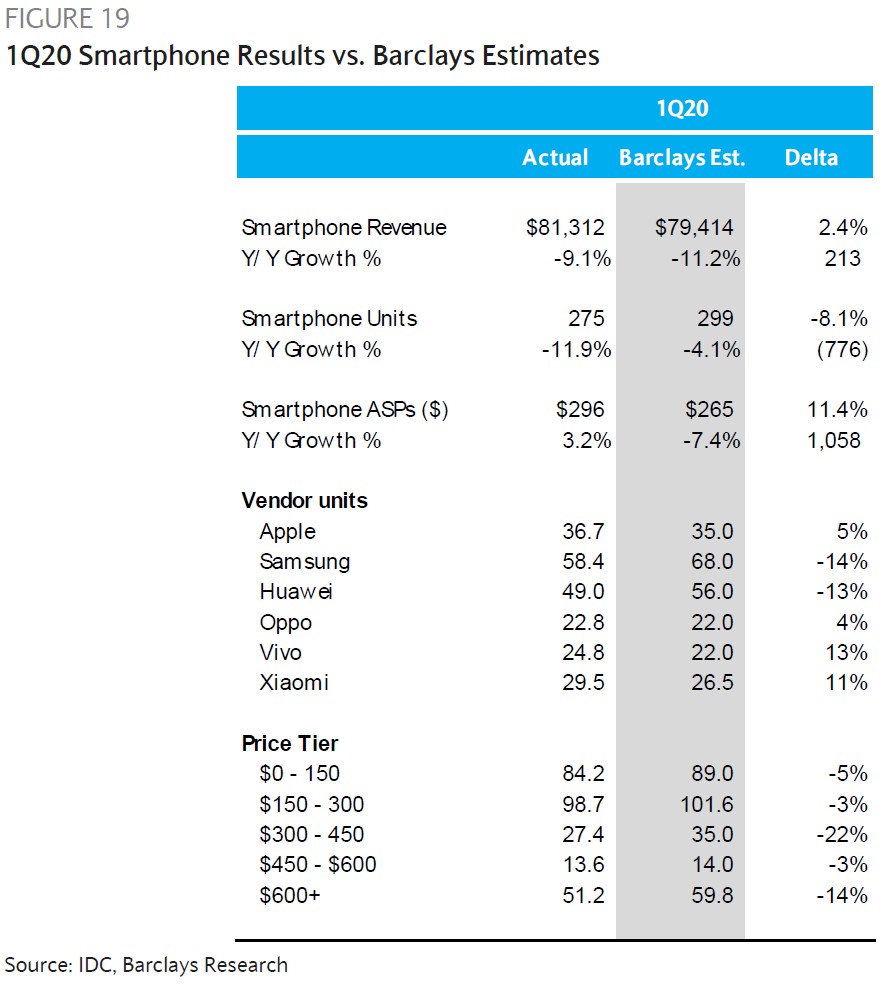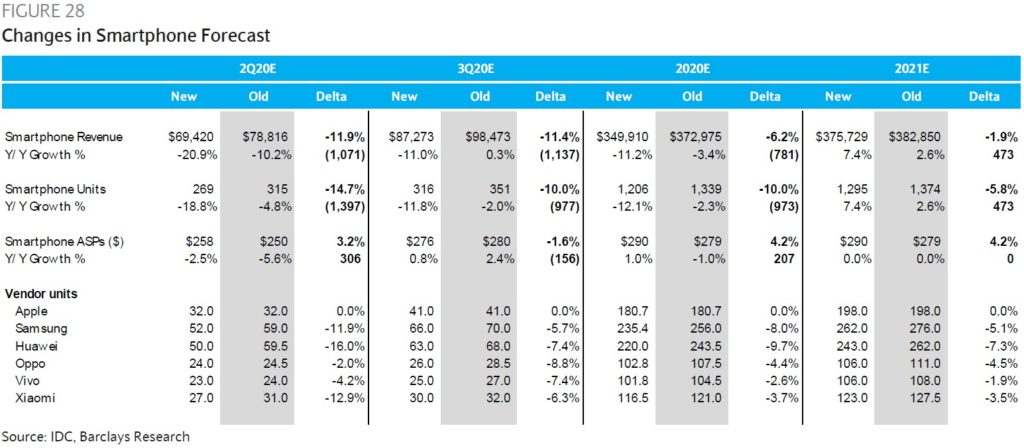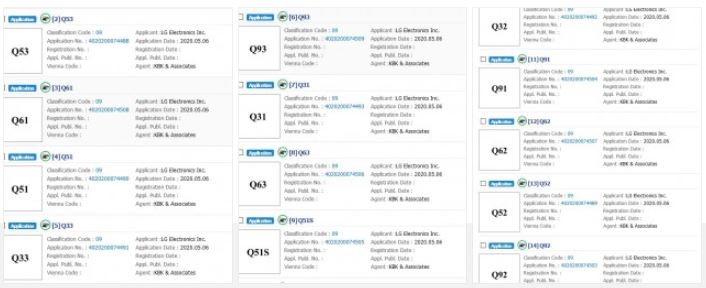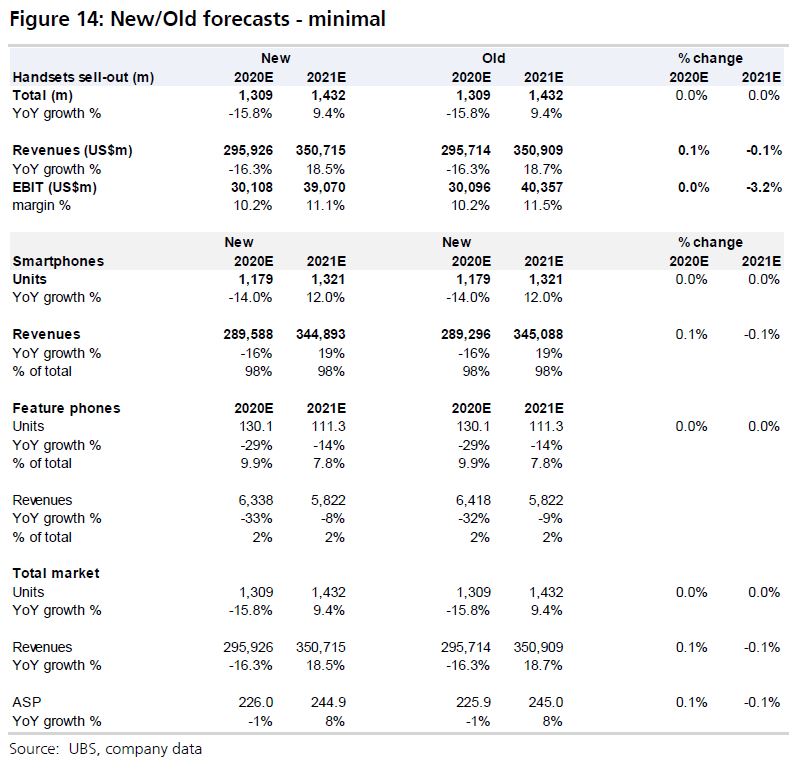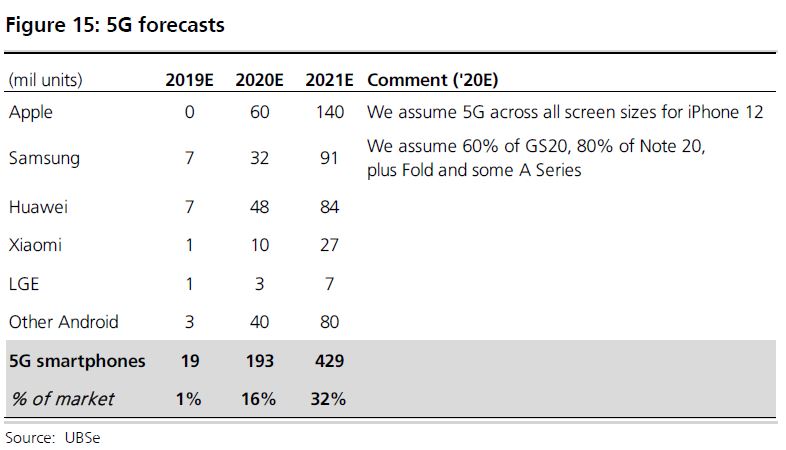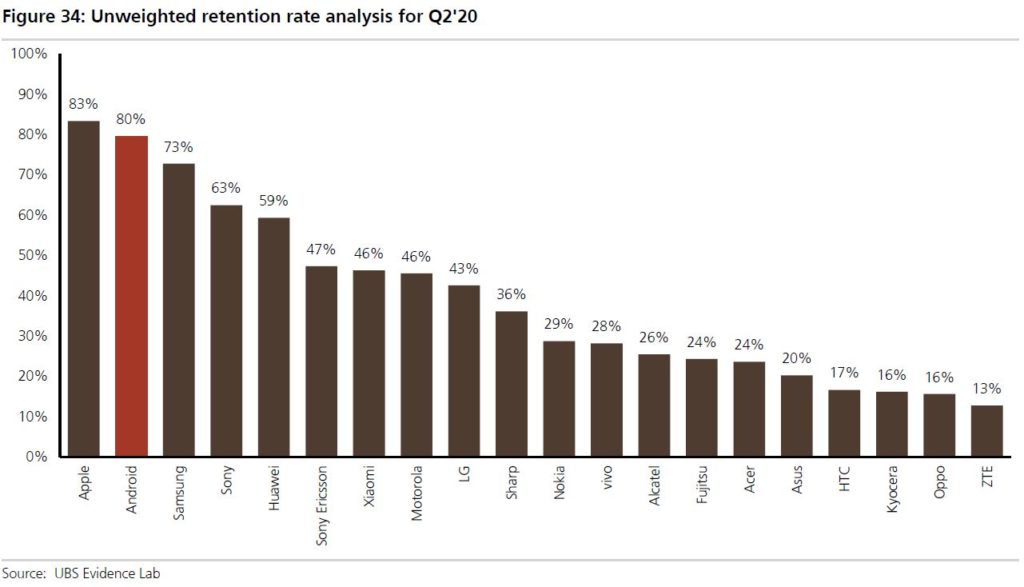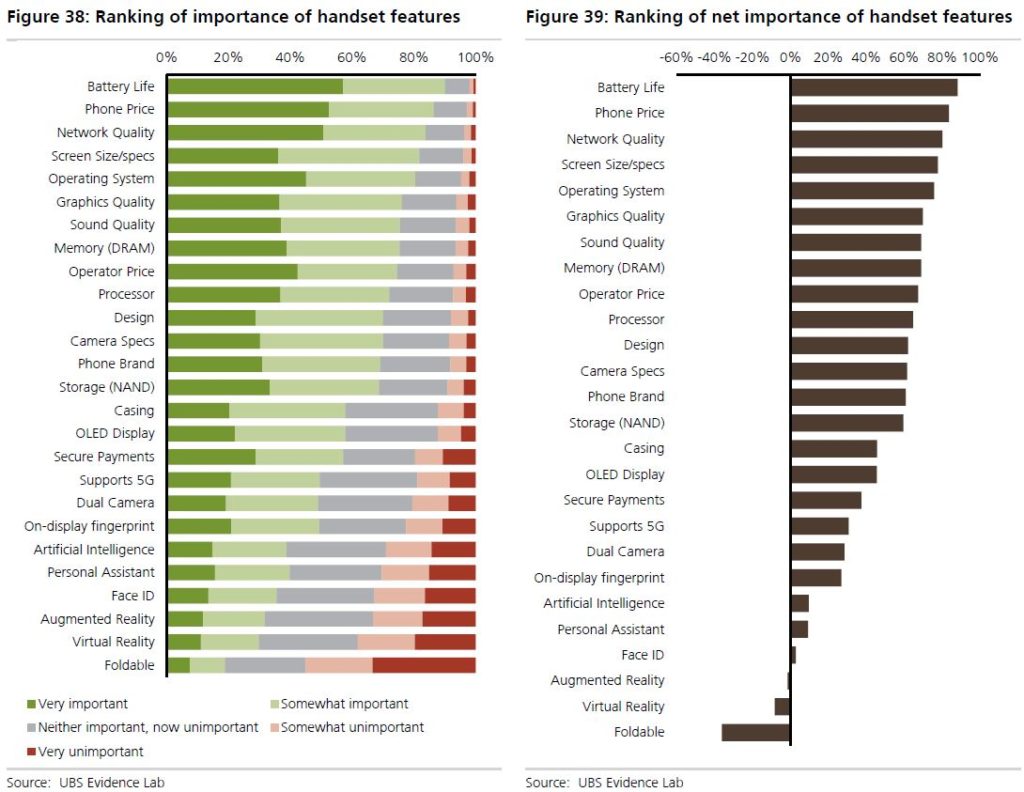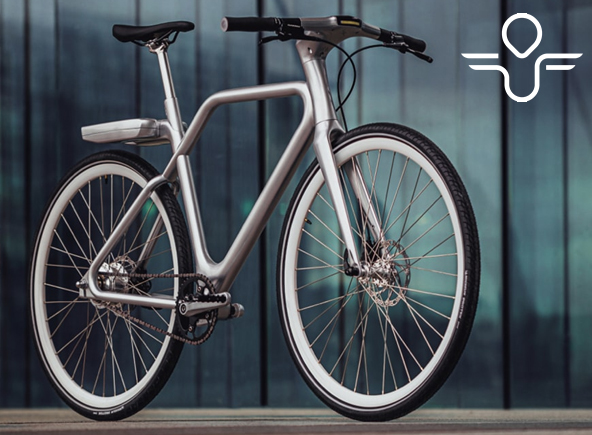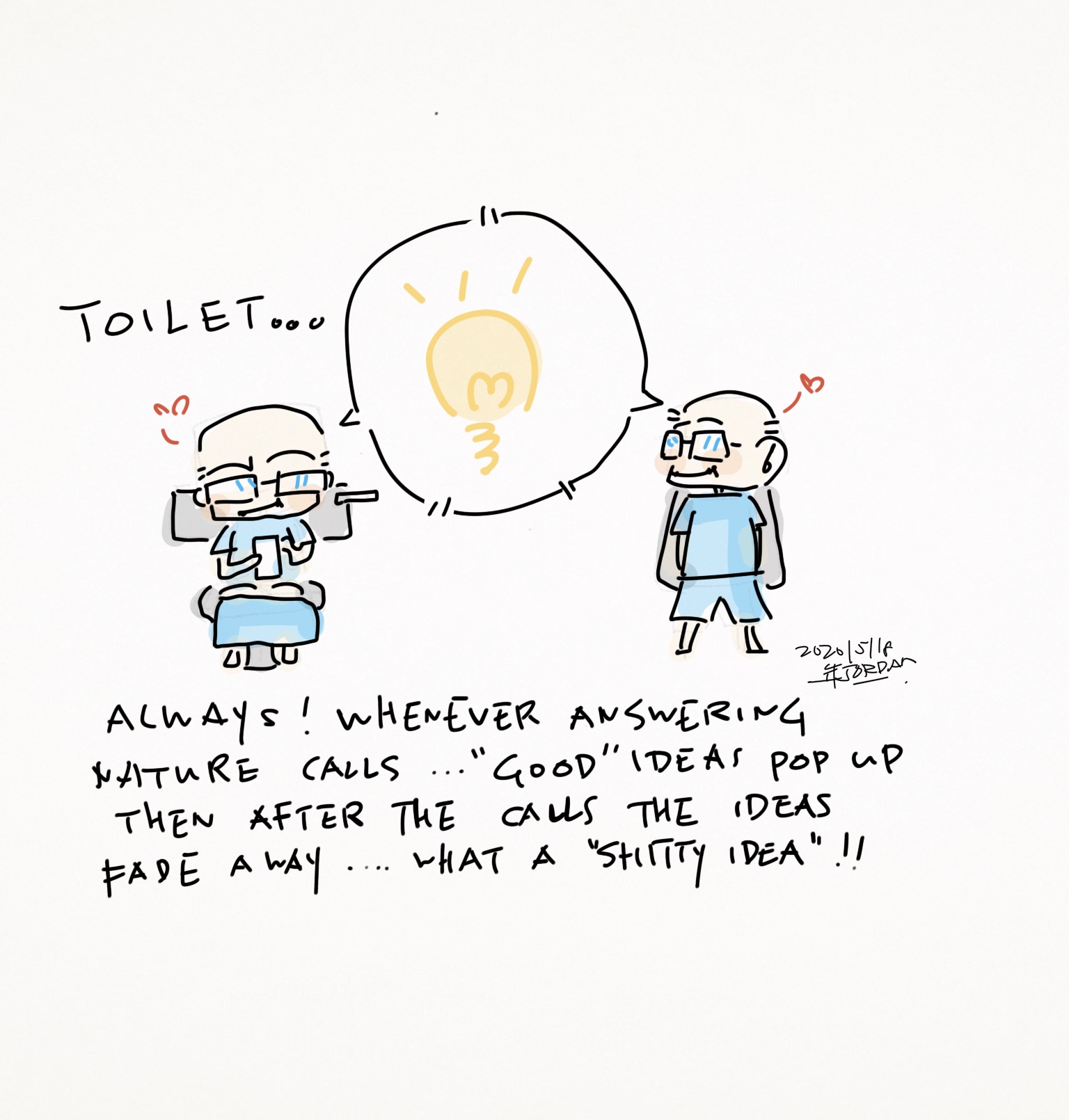
5-18 #ShittyIdeas: TSMC has reportedly halted new orders from Huawei; China’s state-backed funds pumped USD2.25B into SMIC; OPPO has announced a partnership with Vodafone to bring its smartphones to the mobile carrier’s European markets; etc.
Chipsets
MediaTek has announced the new Dimensity 820. It is the first of its 800-series, bringing 5G to affordable flagships. It supports sub-6GHz carriers in Asia, Europe, and North America. Mediatek’s APU (AI Processing Unit) 3.0 will provide more powerful photo capture features for concurrent image and photo capture. The ISP (Imaging Signal Processor), the Imagiq 5.0, will support a quad-camera set up with up to 80MP sensors. (Android Authority, Android Central, AnandTech, MediaTek, CN Beta)
Taiwan Semiconductor Manufacturing Co (TSMC) has reportedly halted new orders from Huawei in response to tighter U.S. export controls aimed at further limiting the Chinese company’s access to crucial chip supplies. The orders which TSMC took before the new ban and those already in production are not impacted and could continue to proceed if those chips could be shipped before mid-Sept 2020. (Android Authority, Asia Nikkei, Gizmo China, Reuters, CN Beta, RFI)
Huawei has said that the US government has proceeded with such measures despite negative feedback and concerns expressed by “many companies and industry associations”. Rather, these actions can also be used to “undermine” industries worldwide, including more than 3B Huawei users. According to Huawei, the actions may hamper its expansion, maintenance, and operations in more than 170 countries. (Gizmo China, VOA Chinese, Reuters, EEO)
China’s state-backed funds pumped USD2.25B into a wafer plant by Semiconductor Manufacturing International Corp (SMIC) to support advanced chip making, as Washington tightens technology restrictions on the world’s second largest economy. The SMIC plant’s registered capital jumps from USD3.5B to USD6.5B after the investment. (SCMP, Phone Arena, Reuters, Yicai)
Camera
Sony has announced the upcoming release of two new models of short-wavelength infrared (SWIR) image sensors for industrial equipment. The new sensors are capable of capturing images in the visible and invisible light spectrum in the short-wavelength infrared range and boast a compact size made possible by the industry’s smallest 1 5μm pixel size. The new products employ Sony’s original SenSWIR technology, in which photodiodes are formed on an indium gallium arsenide (InGaAs) compound semiconductor layer and are connected via Cu-Cu connection with the silicon (Si) layer which forms the readout circuit. (CN Beta, Image Sensors World, Sony)
Connectivity
New York-headquartered private equity firm General Atlantic has revealed that it would invest INR10,000 crore (about USD870M) in the Indian telecom operator Jio Platforms, a subsidiary of Reliance Industries, for its 2% stake. (TechCrunch, Money Control, Live Mint)
SoftBank Group Corp is reportedly in talks to sell “a significant portion” of its T-Mobile US stake to controlling shareholder Deutsche Telekom AG. A deal would see Deutsche Telekom’s stake in the carrier, which merged with SoftBank’s wireless unit Sprint last month, rise above 50%. (CN Beta, WSJ, Reuters)
Phone
By studying the history of handset replacement cycles, Barclay’s analysis shows that handset replacement cycles elongated from 3~3.5 years pre-crisis to 4.3~4.7 years during the crisis. As smartphone evolved from secular growth phase into saturated phase, replacement cycle has increased from <2 years to 3.6 years now, the same level in 2006 before financial crisis. Barclays uses the last crisis as a proxy and their 12% in unit decline in 2020 assumes replacement cycle increases to 4.3 years in 2020 and 4.5 years in 2021. (Barclays report)
Barclays has adjusted their Apple iPhone installed base model to account for second-hand phones, which they estimate at 30% of overall iPhone installed base. With the lower adjusted installed base of about 666M as of 2019, they get a more reasonable average hold life for iPhones at 3.7 years. Yet what is interesting about this trend is that if we only look at part of the iPhone installed base that is coming from new purchases, it has been flattening in 2019, and will likely start coming down in the coming 2 years, to 654M / 645M in 2020 / 2021. (Barclays report)
Barclays lowers their 5G smartphone forecast from 191M to 180M for 2020, while keeping their assumption for penetration unchanged at 15%. They expect China to account for roughly half of 5G market and Huawei will likely capture >30% share in 5G in 2020 given its high China exposure. Barclays has seen no evidence so far of 5G driving a replacement rate in the 2 early markets of China and Korea. (Barclays report)
Barclays forecasts 5G units using a bottom-up approach by vendor. In 2020, they expect Huawei to lead with 60M 5G units, as it maintains strong leadership position in market share in China. They expect Apple to ship 44M 5G iPhones in 2020, reflecting some potential delay in timing and iPhone mix shifting towards legacy iPhones in 2H20. Of course this number could see 10M~15M upside if 5G launch does not delay. (Barclays report)
According to Barclays, in 1Q20, USD300-450+ mid-range / low premium category has performed weaker than their estimate, with 27M units shipped, down 25% YoY, account for 10% of overall smartphone volume in 1Q20. This tier of the market appears to be more sensitive to economic slowdown compared to other groups of buyers. The price tier of USD150-300 saw units down 7% YoY, the smallest decline among all price tiers, while USD600+ premium group showed 10% YoY decline, also better than overall market decline, like due to better performance of Apple iPhone in 1Q20. (Barclays report)
Due to the weaker demand outlook in Western Europe and U.S. caused by COVID-19, Barclays are once again reducing their smartphone unit forecasts for 2020 and 2021 by 10% and 6% from previous estimates, and now they expect full year volume to decline 12% in 2020 to 1.2B and grow 7% in 2021 to 1.3B units. (Barclays report)
LG has applied for 13 new device names in the Q-series of midrange LG devices. The applications are submitted to the Korea Intellectual Property Rights Information Service (or KIPRIS). The names included are Q31, Q32, Q33, Q51, Q51S, Q52, Q53, Q61, Q62, Q63, Q91, Q92, and Q93. (GizChina, GSM Arena, CNMO)
UBS has left their market unit forecasts unchanged but make some small adjustments to revenue / ASP forecasts to reflect updated company forecasts post 1Q20 earnings season. UBS has revised down their global 5G smartphone unit forecast for 2020 to 193M from 223M before, and for 2021 to 429M from 453M before. Most of the revision comes from Apple and other China smartphone OEMs such as Xiaomi. (UBS report)
UBS continues to see stable and positive pricing expectations among consumers. As few as 10% of survey respondents expect to spend less on their next smartphone while over 30% expect to spend more. If we look at the spend indications by OEM UBS finds that consumers who plan to purchase an Apple device next show the strongest intent for higher spending. (UBS report)
UBS shows the unweighted (by region) retention rates for each OEM. There remains a long tail of declining retention rates for the rest of the OEMs and these are little changed from prior surveys. Huawei continues to distance itself from the pack with a further increase in its retention rate. (UBS report)
Battery life, phone price and network quality have consistently ranked as the top 3 features in handset choices for consumers. One of the new options UBS added into their survey has been ‘Supports 5G’. UBS notes that 5G ranks in the bottom half still of criteria smartphones users care about. Although its weight has increased vs their Oct 2019 survey, and should continue to do so as more 5G devices become available, this still goes somewhat against the general view that “smartphone users have been waiting for 5G”. (UBS report)
Battery life, phone price and network quality have consistently ranked as the top 3 features in handset choices for consumers. One of the new options UBS added into their survey has been ‘Supports 5G’. UBS notes that 5G ranks in the bottom half still of criteria smartphones users care about. Although its weight has increased vs their Oct 2019 survey, and should continue to do so as more 5G devices become available, this still goes somewhat against the general view that “smartphone users have been waiting for 5G”. (UBS report)
At least 8 employees at the Greater Noida factory of OPPO are found positive for the coronavirus, company officials have said, adding that all operations at the manufacturing facility were suspended till further notice. OPPO India has said that the company is taking stringent measures to keep the employees safe and is disinfecting the premises. (Gizmo China, Hindustan Times)
OPPO has announced a partnership with Vodafone to bring its smartphones to the mobile carrier’s European markets. The deal kicks off in May 2020 and will sell OPPO’s portfolio of advanced 5G handsets as well as value-for-money models into the U.K, Germany, the Netherlands, Spain, Portugal, Romania and Turkey. (Gizmo China, TechCrunch, GizChina, CN Beta)
Automotive
French startup Angell has signed a wide-ranging partnership with SEB, the French industrial company behind All-Clad, Krups, Moulinex, Rowenta, Tefal and others. As part of the deal, SEB will manufacture Angell’s electric bikes in a factory in Is-sur-Tille near Dijon, France. SEB’s investment arm, SEB Alliance, is also investing in Angell . Angell says it plans to raise USD7.6M~21.7M (EUR7M~20M) with a group of investors that include SEB. (TechCrunch, SEB)
